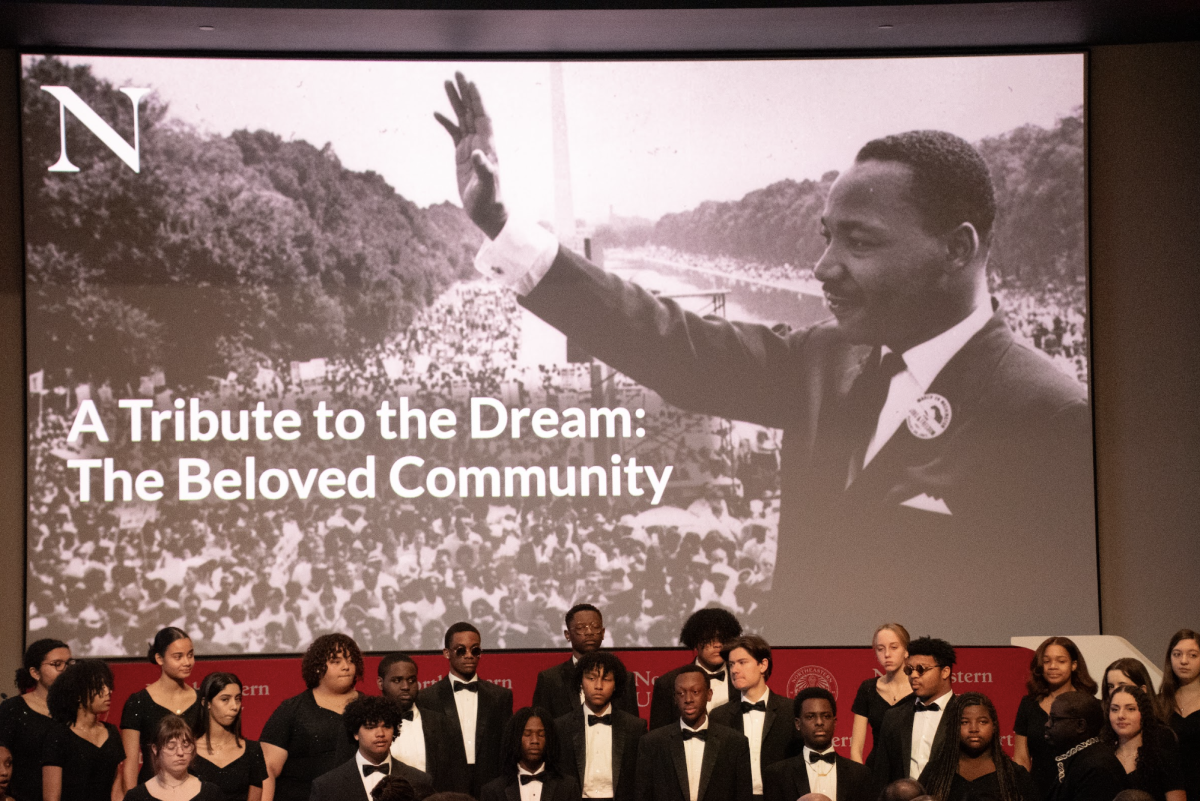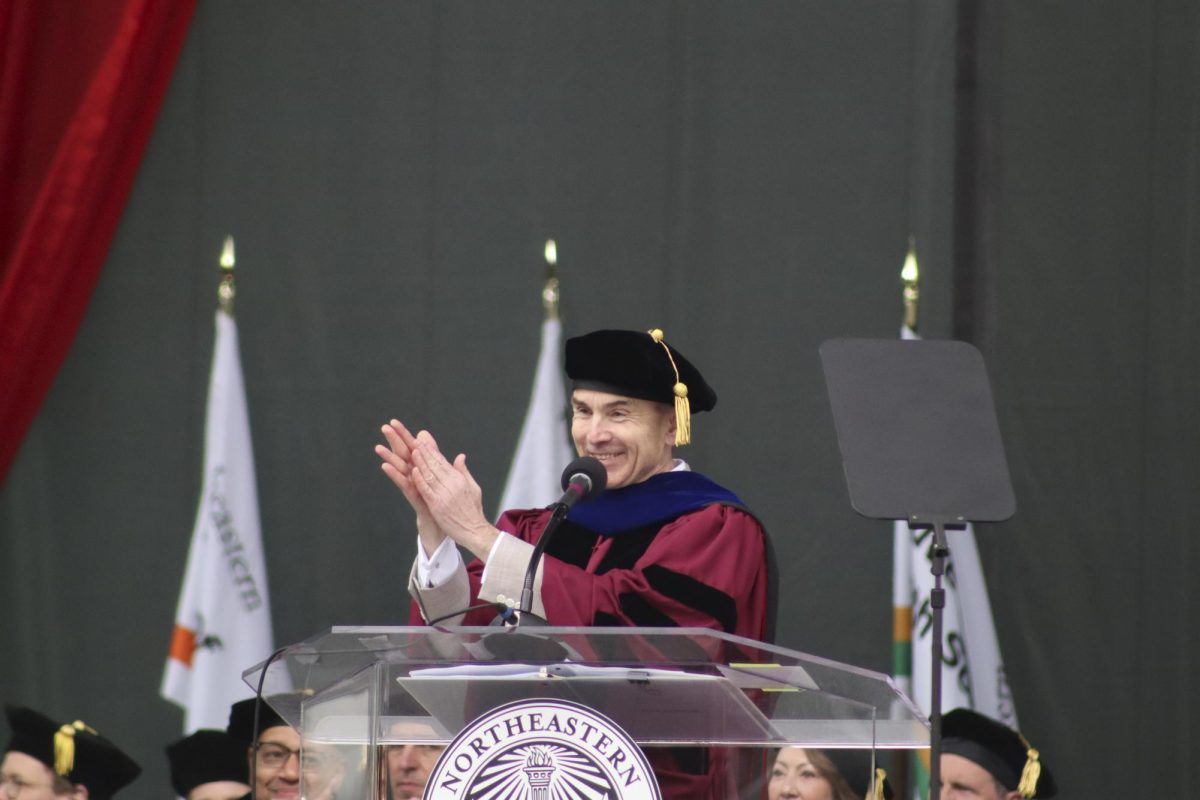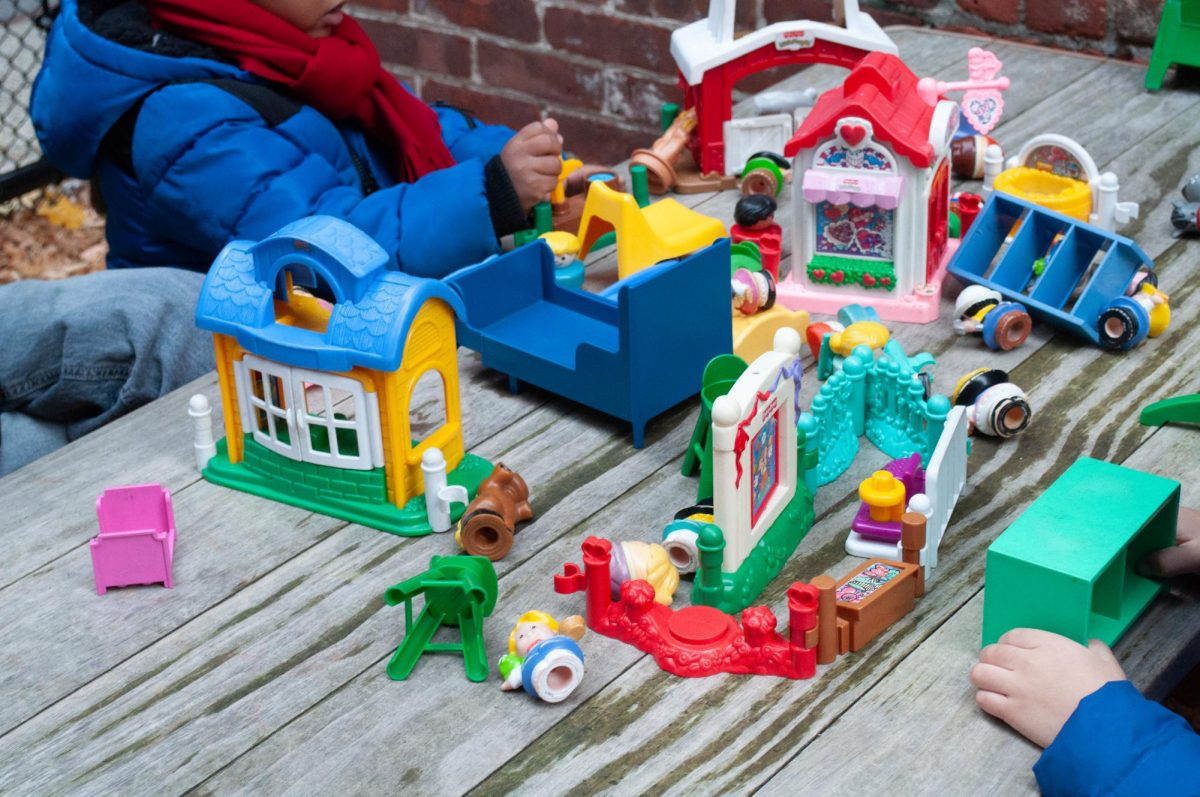I support the recommendation to restructure the colleges at Northeastern. Over the past year, as we’ve all considered this plan, I’ve come to realize that the College of Arts and Sciences has grown up. We’re too big for our own house ‘- a house built many years ago in a different era. Northeastern students, faculty and staff rightly expect this institution to be as great as it can be. We are a top-tier institution with excellent students, outstanding faculty and cutting-edge curricula. If we are to continue to be an innovative leader in higher education, we must have academic units that are nimble enough to conceive and develop unique and effective programs for all of our students. No other top institution in the United States has a college of arts and sciences as large and diverse as ours. We house 22 academic departments and over 15 additional interdisciplinary academic programs. We offer everything from studio art and architecture to physics and behavioral neuroscience. If we are to continue to excel in all these areas, and provide our students with the highest quality education, now is the time to create three smaller, more agile colleges.
Northeastern was founded just over 110 years ago. Seventy-five years ago, the college we now know as Arts and Sciences was formed. Northeastern was not even 40 years old, but it hadalready matured to the point where an academic unit devoted to the arts and sciences was needed. Its mission was to develop a broad foundational curriculum that would soon become a required component of all serious university degree programs. Whether students came to Northeastern to study engineering, business, or other professional curricula, it was CAS that provided the broad and deep immersion in science, literature, history, the arts and more. This enabled our students to receive the type of education we’ve come to expect from a top university:’ one that prepares students not only for a career, but for life.
As the years passed, CAS itself began offering majors in a wide array of disciplines. It wasn’t long before Northeastern had sociology, physics, philosophy, and music majors sharing the library and classrooms with business, engineering and pharmacy students. In the last 10 years, the number of undergraduates majoring in an arts and sciences discipline has increased from 4,000 to 7,000. At the same time, graduate programs have flourished, an impressive array of state-of-the-art labs and studios have been constructed, and a growing faculty engaged in world class research, scholarship, and artistic activities has made Northeastern its home.
By adopting the restructuring plan, each college will focus on a more targeted mission. One college will house the sciences and mathematics, another will be home to the social sciences and humanities, and one will be devoted to arts, media, and design. Because each smaller college will have a more refined focus and reduced bureaucracy, we will all be able to formulate and achieve our goals more quickly. New Media and Digital Arts, Northeastern’s Marine Science Center, and our Humanities Center are just three examples of initiatives that will develop at a faster pace. One reason for this is that the deans of these smaller colleges will have more time to devote to each of these efforts. I am convinced we can do this in a way that still maintains the important collaborative links between the colleges. We will retain our strong university-wide core curriculum. We will still encourage and support interdisciplinary academic programs across departments and colleges. We will create a nurturing environment in which our highly-regarded schools of journalism, architecture, and criminal justice continue to provide national leadership and receive national recognition. We have an opportunity to write the next chapter in the inspiring story of Northeastern. This chapter will tell of how the entire university community joined together to build something great.
‘- Bruce Ronkin is the interim dean of the College of Arts and Sciences.








